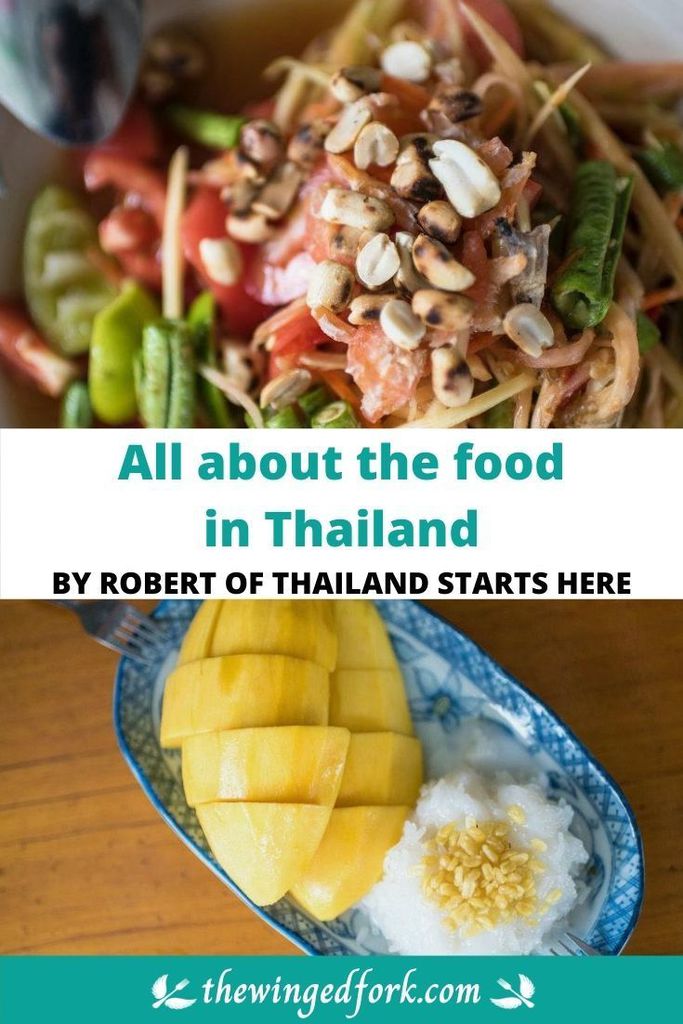Thai and Indian cuisine have gained popularity worldwide for their unique flavors, ingredients, and preparation techniques. While both have some similarities, they also have several differences. Thai cuisine usually involves stir-frying, grilling, and steaming, while Indian cuisine has more complex techniques like marinating, slow cooking, and dry roasting. Thai cuisine is spicier, while Indian cuisine uses various spices like turmeric, cumin, and cardamom. Thai cuisine uses ingredients like lemongrass, ginger, and coconut milk, while Indian cuisine uses lentils, chickpeas, and yogurt. Both offer a variety of vegetarian options, with Indian cuisine having a larger variety. Lastly, they have their signature dishes that make them unique.
Introduction
Thai and Indian cuisine are both incredibly unique and delicious. They have gained popularity all over the world with their distinct flavors, spices, and ingredients. While they have some similarities, they also have many differences. In this article, we will explore the differences between Thai and Indian cuisine.
Regional Differences
The first difference to consider is the region of each cuisine. Thai cuisine originated in Thailand, a country in Southeast Asia. Indian cuisine, on the other hand, includes dishes from different regions of India, each with its own unique culinary style.
Spice Level
One of the most obvious differences between Thai and Indian cuisine is the level of spiciness. Thai cuisine is known for its spicy food, using chilies and hot peppers as the main source of heat. Indian cuisine has many spices, but it is not necessarily always hot. Some dishes are mild, while others are very spicy.
Ingredients
Thai and Indian cuisine have different ingredients that give them their characteristic flavors. Thai cuisine uses ingredients like lemongrass, ginger, coconut milk, fish sauce, and citrus fruits. Indian cuisine, on the other hand, uses a variety of spices, such as turmeric, cumin, coriander, and cardamom, as well as ingredients like lentils, chickpeas, and yogurt.
Preparation Techniques
Another difference between Thai and Indian cuisine is their preparation techniques. Thai cuisine often involves stir-frying, grilling, and steaming. Indian cuisine involves more complex techniques such as marinating, slow-cooking, and dry roasting.
Vegetarian options
Both Thai and Indian cuisine offer a wide variety of vegetarian options. In fact, some of the most popular dishes in either cuisine are vegetarian. However, Indian cuisine offers a broader variety of vegetarian dishes, including Panir dishes (such as Palak paneer), Daal Chaawal and Aalu Gobhi.
Signature Dishes
Each cuisine has signatures dishes that stand out as their most popular and iconic. Thai cuisine has dishes like Tom Yum (a spicy soup), Pad Thai (noodles with peanuts and spices), and red or green Curry (both with coconut milk and perfectly balanced spice). Indian cuisine has dishes like Butter Chicken (tender chicken pieces in a rich tomato gravy), Biryani (a rich dish of marinated meat or vegetables with rice), and Tikka Masala (spicy chunks of marinated chicken in a creamy tomato sauce).
Conclusion
Thai and Indian cuisine are both incredibly delicious and unique, with their own distinct flavors, spices, ingredients, preparation techniques, and even regional differences. While there are similarities between the two cuisines, they possess their own unique identities that make them outstanding. In the end, it is hard to say which one is better as it depends on personal taste preference. However, one can try both cuisines and savor each of the unique flavors they offer.
